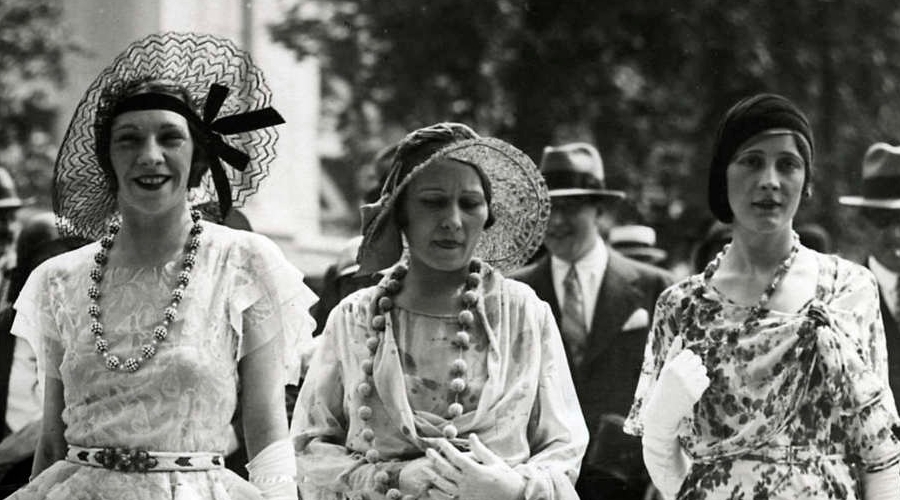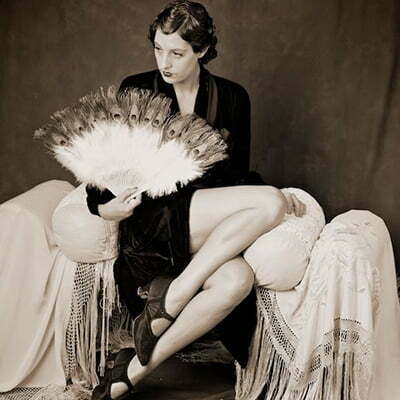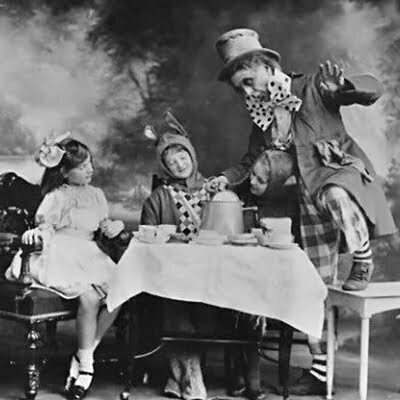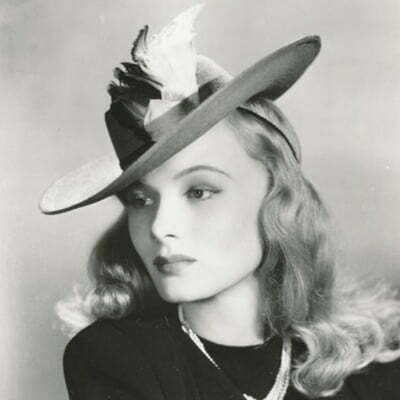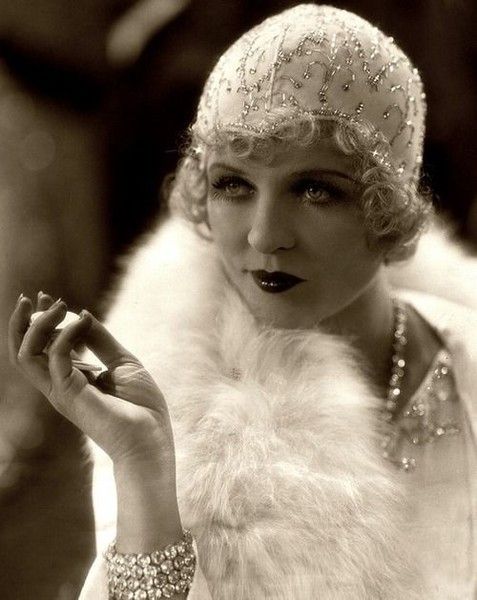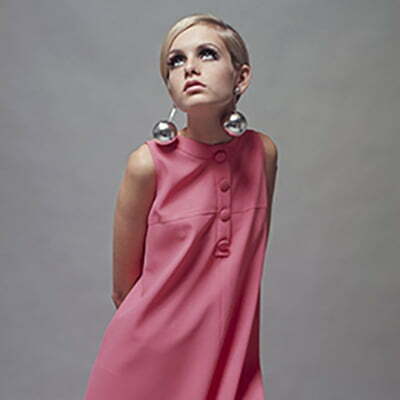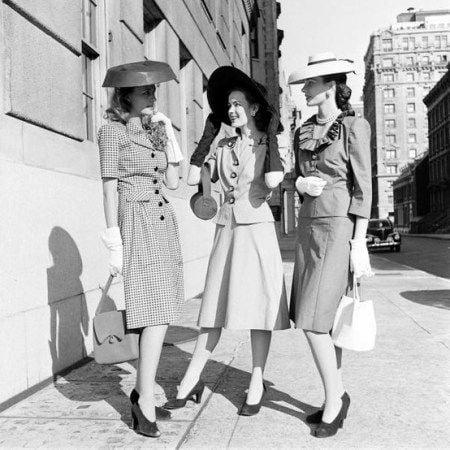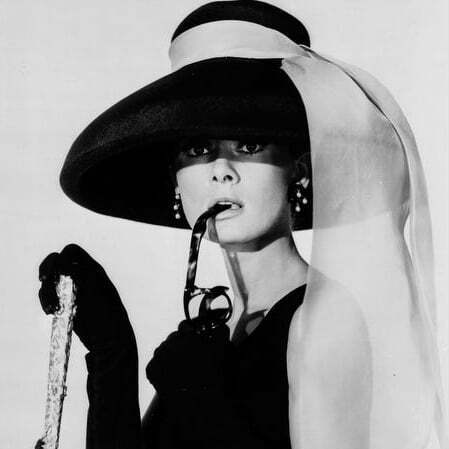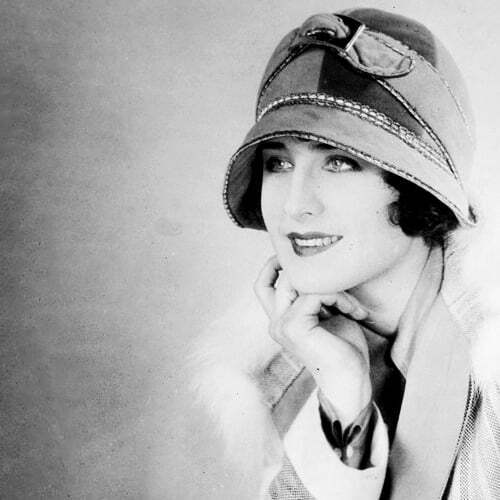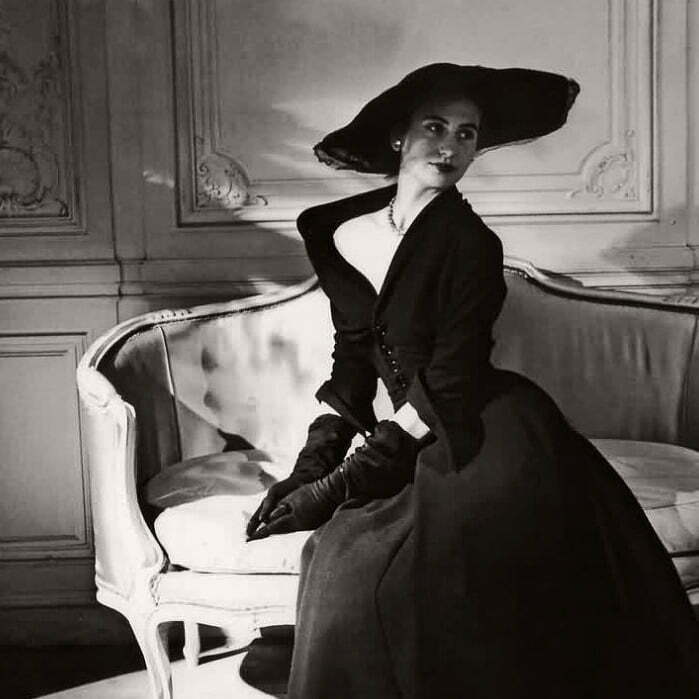1950s Hats Guide- Vintage Hats for Men & Women
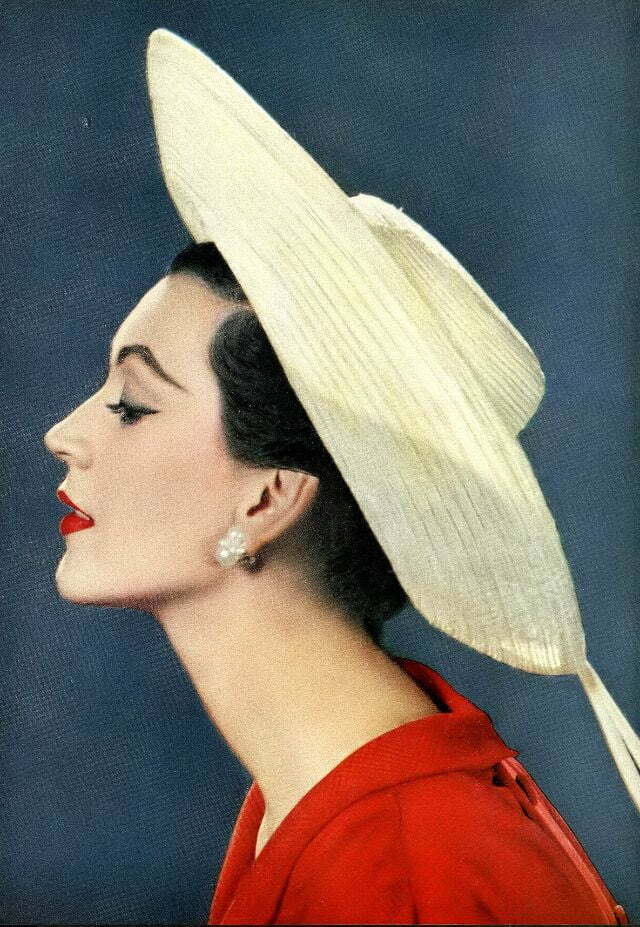
Wearing of hats over the decades has gradually gone to a minimum. In the 1950s, although wearing hats was fairly common, a lot of ladies weren’t advised to wear hats until they were in their 20s.
History of Hats
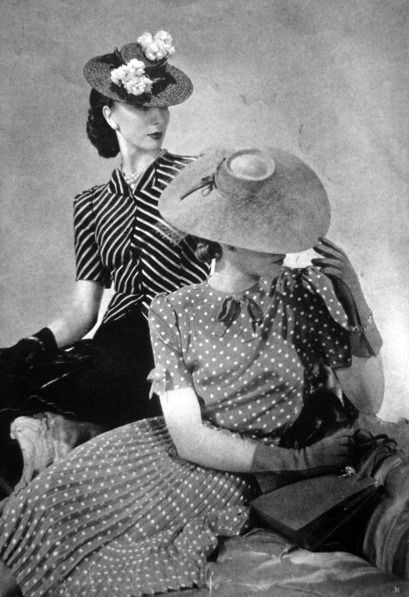
The history of humans and hats probably dates back to the early man. Perhaps the first hat ever worn may have been a leaf. However, one of the earliest images of a person in a hat dates back to 3200BC where a tomb painting in Egypt displayed a man wearing a straw hat.
In a lot of the ancient times, hats were seen as a status conferrer. The wealthy would shave their heads and have hats made to provide warmth for their heads. At other times, hats were an indication that a slave had been freed from slavery.
Up until the 16th century, men’s hats had seen a variety of changes. The ancient Romans and their metal fillets, to the early Christians in Europe and their hoods, to the Medieval periods and their gorgets and coif-de-maille, hats had began to take shape into what we have today.
Between these medieval times and the 19th century, there was a continuous development and rigmarole between the wearing of hats and wigs up until the 19th century where hats came fully into fashion, with the top hat and the bowler hats crowning the century.
1920s Hats-Hats of the Early 20th Century
In the 20th century, the bowler hat was given a variety of meanings across different regions of the world. The Nazi regime forbade it, while the city of London considered it to be an indicator of financial prowess. In some parts of the United States, it became an indicator of gang alliance.
By the 20th century, hats no longer simply played the roles of protecting from environmental factors. They were now a symbol of wealth, social status, style and tradition. Different hats had their different roles at different times of the day.
With the advent of war in the 1920s, hats took on a different shape. They became smaller and a lot more centered on the head. Turbans and small hats with expensive feathers were common for the wealthy. Hats also became high, rather than wide. After the First World War, the military style hat became a trend.
For the next couple of years after the 20s, the hat design mostly revolved around the small head piece, sometimes a veil would be added for extra appeal. At first, these veils were mostly used for funerals and periods of mourning, however with The World Wars in occurrence, people barely had time for proper funerals. These hats found their way into the fashion trend and have lasted for decades.
Hats of the 1950s–Hats of the Early 20th Century
By the 1940s, Christian Dior took the world by storm with his idea of the ‘New Look’. This not only affected dress of the 50s, but also hats. The hats of his collection ‘Corolla and Figure of Eight’ were mushroom shaped bell hats which were worn straight, displaying a balance.
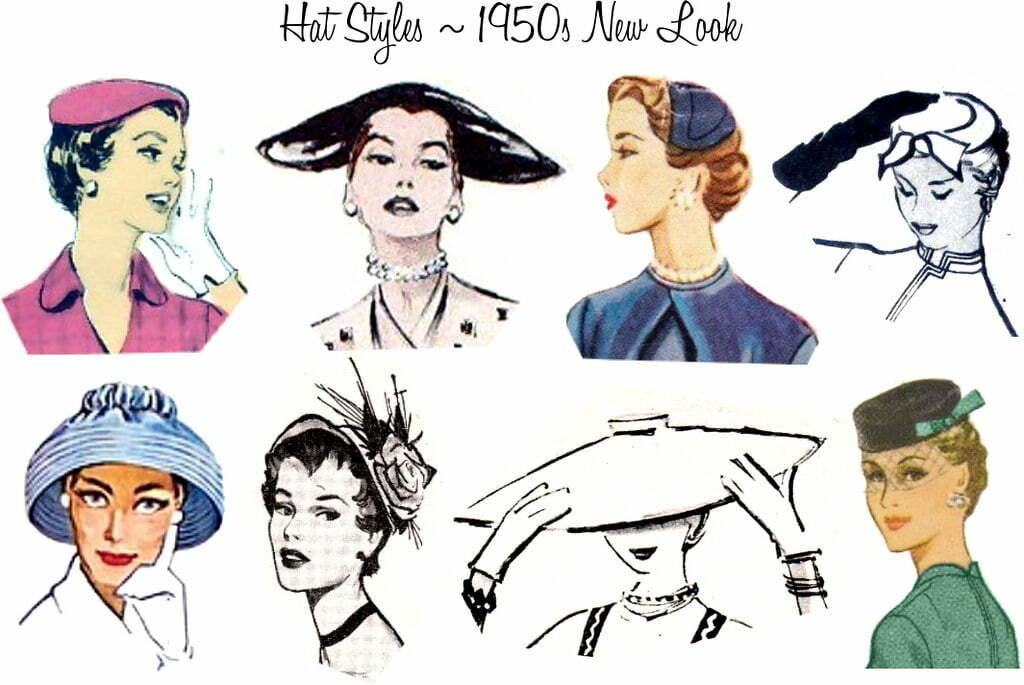
By the 1950s, everything in fashion was made in a way that they complimented each other and also called for individual attention. The shoes, the dresses, the hair, accessories and of course the hats and make up all worked together to create the entire look. The early 50s had small hats made from wires and a stiff material. These hats complimented the hairstyles, gave the face a beautiful frame, while showcasing heavy makeup of the time;
- The shell-shaped hats: This was one of the most popular hats of the 50s. It came in a variety of patterns and looks. They were beaver, mushroom brim, round cloche, Breton and half Breton and round coolie brim.
- Straw hats: For the summer, straw hats were a popular trend. They were made from cellophane or crinoline. These materials could be tucked into bonnets and sun hats. Some designers made use of natural straw which was imported for countries like Switzerland and Italy, while some other designers made do with synthetic straws which were a lot easier to maneuver with sun dresses as they could come in a variety of colors.
By the mid 50s, there was a return of the exotic Edwardian style hats. There were hats of different styles and patterns for different events. While some hats were large and dramatic with colorful ribbons and accessories, some hats remained small and properly detailed. There were turbans and sun hats. Hats made of straw, tulle, silk, net, and organdy. Winter hats were also made available in thick materials made to protect the body from the cold. They were made from furs like leopard, white fox and mink, while cheaper alternatives were made from velvet.

With the trend of the bouffant hairstyle in the late 50s, hats began to take the back bench. These hairstyles were high, with curls and bangs. Within this same period, small skull caps began to emerge in the markets. And eventually, although hats were becoming rare, tall hats were made available to wear over the bouffant.
Hats for men in the 1950s had a lot more variety than other decades. It was in this decade that male hats hat a lot more colors and shapes, and this was also the last decade where men fashion included so many hat variations;
- The fedora was one of the most popular kinds of hat. Frank Sinatra was almost never seen without a fedora on his head. It came in either fur or straw and was available in a variety of colors. There were up to 4 different kinds of fedoras.
- Caps were also in back in fashion as sporty additions to the men’s collection.
- The pookie hat, although gained popularity in the 40s, returned in the 50s with more simplicity and color. Straw hats were quite common, because practically any hat could be made from straw. There were straw fedoras, pookie hats and panamas.
- Finally, the walking hat which was a lot more common in Europe with its tall, round shape, was also a popular hat style for men in the 50s.
Men’s hats are timeless. Although they go in and out of trend, they still remain within the same categories with only slight alterations and additions.

